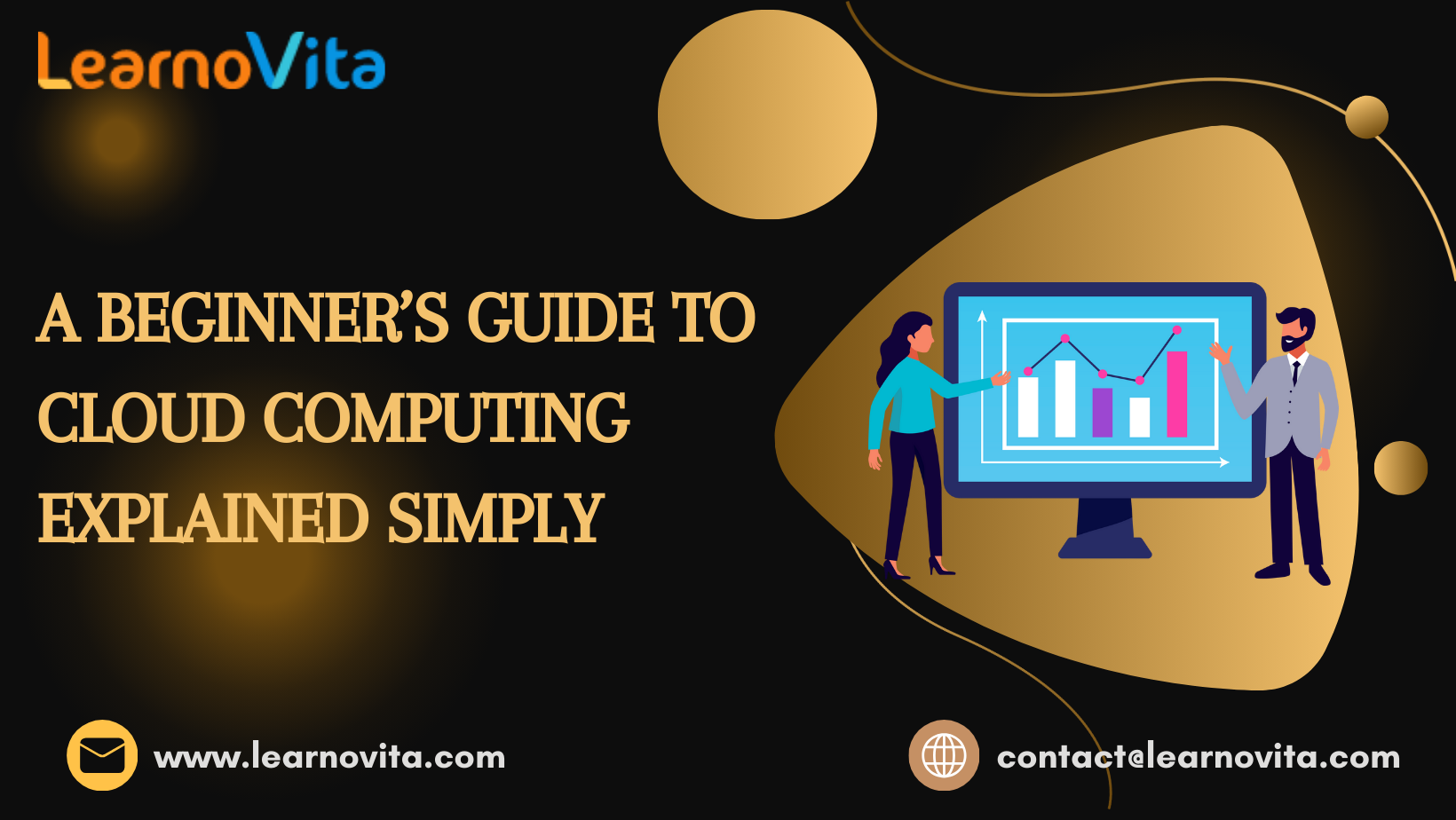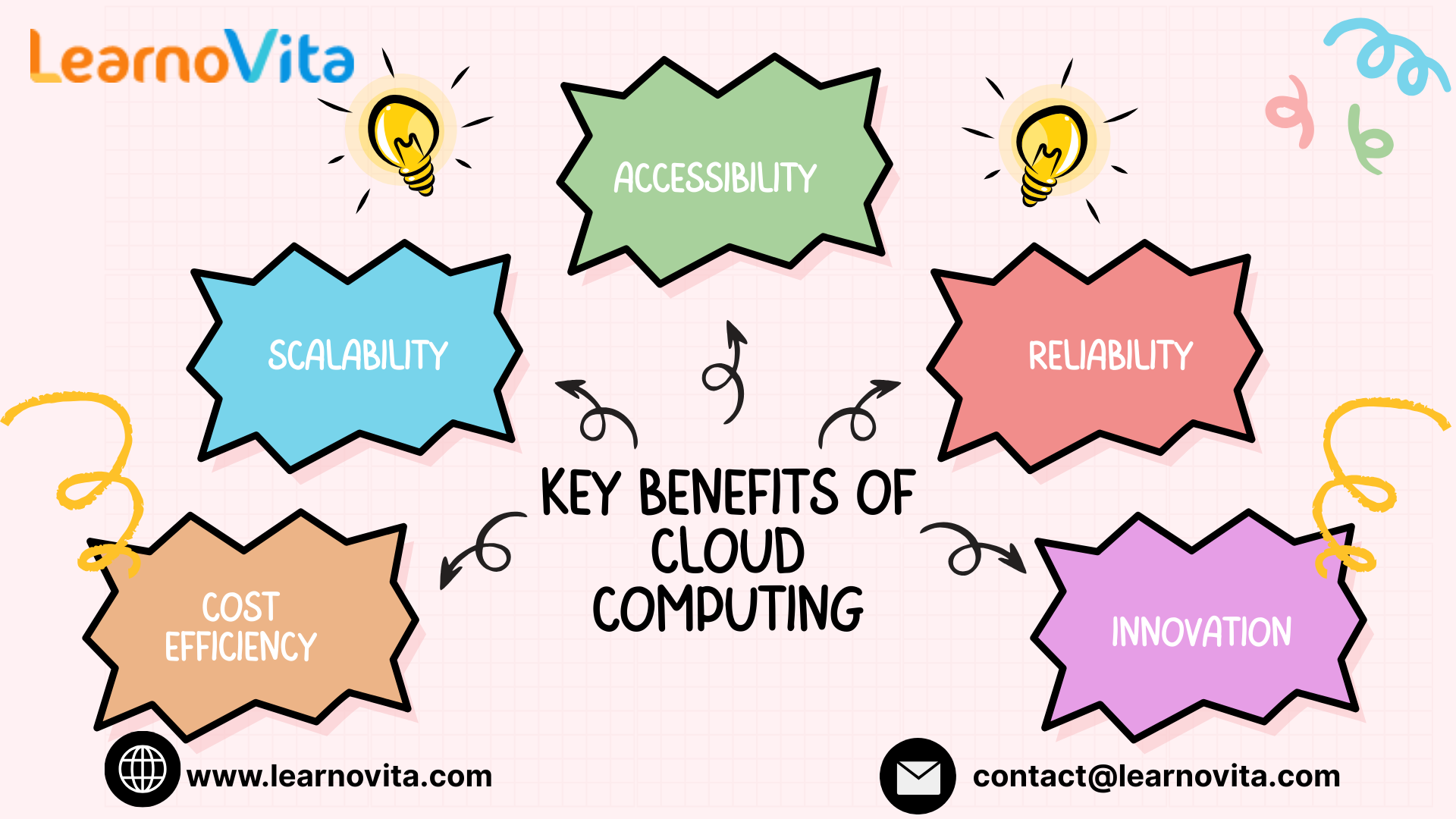A Simple Introduction to Cloud Computing for Starters
Technology today runs on more than just local servers and hard drives, it is powered by the cloud. Cloud computing has become the backbone of how we work, store, and share data in this digital era. For newcomers, the idea of “the cloud” might sound confusing, but it’s already part of everyday life. Whether you’re uploading files to Google Drive, streaming your favorite shows on Netflix, or joining an online meeting via Zoom, you’re already using the cloud. This guide breaks down the basics of cloud computing in plain, beginner-friendly language. Kickstart your career in the tech industry by joining a Cloud Computing Course in Bangalore and mastering the concepts of cloud services, virtualization, and modern IT solutions.

What Cloud Computing Means
Cloud computing is essentially the delivery of computing services like storage, software, and processing power through the internet. Instead of building your own costly IT setup, you can tap into these resources whenever needed and pay based on usage. Behind the scenes, vast global networks of servers handle everything. Think of it like using water or electricity: you don’t have to own the source, you simply connect and use it. The cloud works the same way, giving you access to powerful tools without the burden of managing infrastructure.
The Main Types of Cloud Deployment
Cloud systems are structured differently depending on usage:
-
Public Cloud – Shared services hosted by providers such as AWS, Microsoft Azure, or Google Cloud.
-
Private Cloud – Built for a single business or institution, with greater control and privacy.
-
Hybrid Cloud – A mix of public and private setups for flexibility and security.
-
Multi-Cloud – Using multiple cloud providers at once to prevent reliance on a single vendor.
Cloud Service Models You Should Know
There are three primary service models in cloud computing:
-
Infrastructure as a Service (IaaS) – Offers virtual hardware like servers, storage, and networking.
-
Platform as a Service (PaaS) – Provides developers with a ready-to-use platform for building apps.
-
Software as a Service (SaaS) – Delivers software applications online, such as Dropbox, Gmail, and Salesforce.
Why Cloud Computing is Popular
One major reason the cloud has become so common is its convenience. Companies don’t need to spend millions on equipment, and individuals don’t need to worry about losing files stored on one device. With the cloud, scaling up or down is simple, and everything is accessible from anywhere with an internet connection. On top of that, it opens the door to advanced tools like artificial intelligence, analytics, and big data technologies that once were only possible for large corporations. Advance your career in modern IT with a Cloud Computing Online Course and gain the skills to manage data, applications, and services on leading cloud platforms with confidence.

Everyday Uses of Cloud Computing
Most people already interact with the cloud daily. Watching YouTube videos, listening to music on Spotify, or storing photos in iCloud all depend on cloud servers. For businesses, collaboration tools such as Microsoft Teams, Slack, or Zoom ensure smooth communication worldwide. Even AI-powered tools like Siri or Alexa rely on cloud computing to process commands and provide instant answers.
Challenges That Come With the Cloud
Despite its benefits, cloud computing does have drawbacks. Data privacy and security are ongoing concerns since information is stored online. Service interruptions or internet outages can also create access issues. Businesses may find themselves tied to a single vendor, making migration difficult or costly. Certain industries with strict compliance requirements like banking or healthcare must be extra cautious when adopting cloud services.
The Future of Cloud Technology
Cloud computing is constantly advancing. Serverless computing allows developers to focus only on writing code while the provider handles infrastructure. Edge computing brings processing closer to devices, reducing delays and improving speed. The rise of AI, automation, and the Internet of Things (IoT) is making cloud systems smarter and more integrated. These trends show that cloud computing will continue shaping the future of both business and personal technology.
Conclusion
Cloud computing is no longer just a trend, it’s a core part of how the digital world functions. It simplifies work, enhances collaboration, and powers the applications we use daily. For beginners, understanding the cloud doesn’t mean becoming an expert in servers or coding. It simply means realizing that many of the services we rely on are backed by this powerful technology. As cloud computing evolves further, it will remain central to innovation, productivity, and global connectivity.
- Art
- Causes
- Crafts
- Dance
- Drinks
- Film
- Fitness
- Food
- Jogos
- Gardening
- Health
- Início
- Literature
- Music
- Networking
- Outro
- Party
- Religion
- Shopping
- Sports
- Theater
- Wellness



